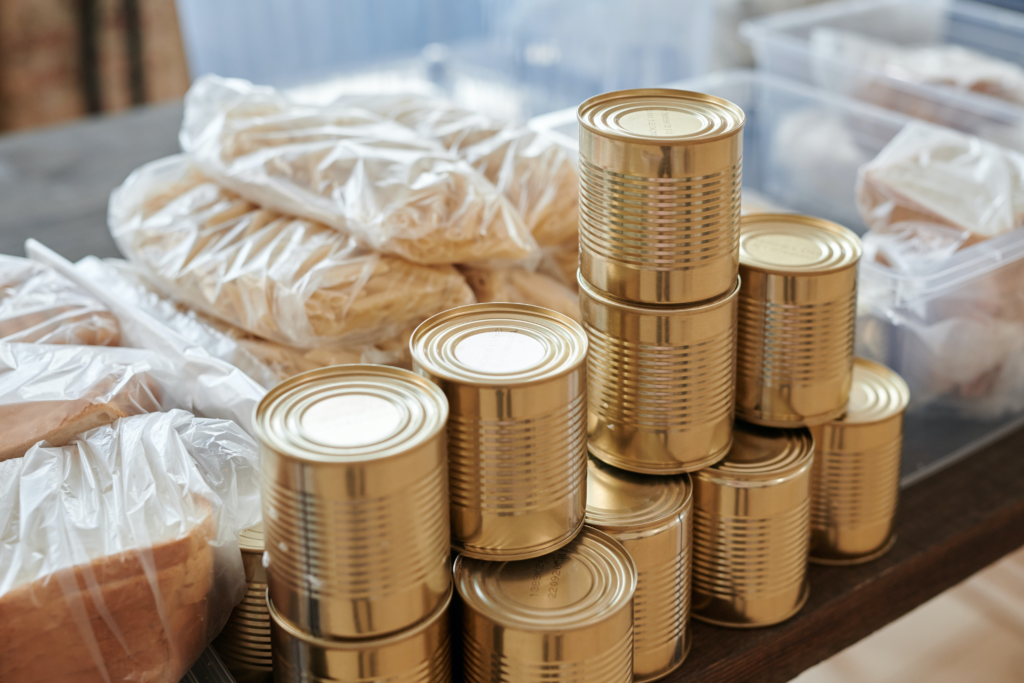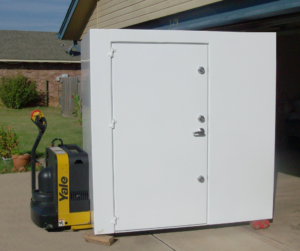As extreme weather events become more frequent and intense, it’s essential to go beyond basic storm preparedness and invest in designing the ultimate safe room. A safe room is a fortified space within your home or property that provides maximum protection during storms. By incorporating advanced safe room designs, state-of-the-art technology, and essential amenities, you can create a safe haven capable of withstanding even the most unprecedented storms.
In this blog, we will explore the key factors to consider when designing the ultimate safe room for unmatched storm safety.
Location Matters: Strategic Positioning
Choosing the right location for your tornado shelter is critical. Ideally, it should be situated on the ground floor, away from windows and exterior walls. An interior room or a basement is a suitable choice, as it provides additional protection against flying debris and high winds.
Reinforce the room’s walls, floor, and ceiling with materials like concrete, reinforced steel, or ballistic panels. Remember to consult with a structural engineer to ensure the room’s integrity and adherence to safety standards.
Resilient Construction: Building a Fortress
When it comes to the construction of your safe room, prioritize resilience. Reinforce the walls with impact-resistant materials such as Kevlar or laminated glass. Install a solid, reinforced door equipped with multiple locks and bolts.
Consider reinforcing the ceiling and floor as well to withstand the impact of falling debris. Employing professional contractors with expertise in safe room construction is crucial to ensure the highest level of safety and durability.
Ventilation and Air Filtration: Breathable Safety
To maintain a safe environment during extended periods in the safe room, proper ventilation and air filtration systems are vital. Install a ventilation system with filters capable of removing dust, allergens, and potentially harmful gases. Proper airflow and clean air supply will help sustain occupants’ well-being and alleviate anxiety during storms.
Communication and Power Backup: Staying Connected
In an emergency, communication is crucial. Equip your storm shelter with multiple means of communication, including landline phones, cell phone signal boosters, two-way radios, and internet connectivity.
Invest in a reliable backup power system, such as generators or solar panels, to ensure an uninterrupted power supply for essential devices and communication equipment.

Essential Amenities: Survival Necessities
Stock your safe room with essential supplies to sustain you during an extended stay. Include non-perishable food, potable water, first aid kits, medications, blankets, flashlights, batteries, and a portable toilet. Additionally, consider installing a small sink or a sanitation system for basic hygiene needs. The availability of these amenities will help ensure the physical and mental well-being of occupants, providing comfort and a sense of security during the storm.
Storm shelters and safe rooms are particularly necessary if you live in an area that gets frequent storms throughout the year. To ensure your and your family’s safety, Safe Rooms US makes FEMA-approved custom safe rooms and delivers them across Dallas and Fort Worth—get a quote now.










